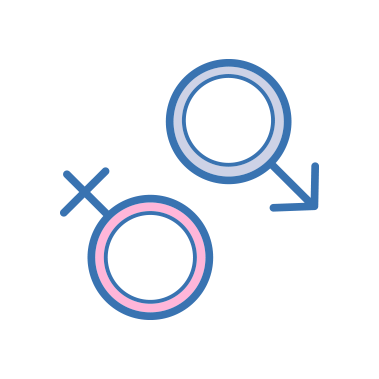Gender Selection

Once embryos are created in vitro, they are sometimes screened in order to choose the healthiest ones to implant into the mother’s womb.
Called Preimplantation Genetic Diagnosis (PGD), it’s a complete chromosomal analysis of each embryo. With a regular cycle, about 40 to 50 percent of implanted embryos will result in a healthy pregnancy. Using a screened embryo increases those chances to about 60 to 70 percent. If screening indicates that there are healthy embryos of both genders, some patients may ask to choose the gender to implant.
Sex Selection IVF
As previously mentioned, pre-implantation genetic screening of embryos helps determine that an embryo or embryos has the correct or incorrect number of chromosomes. Humans with a normal complement of chromosomes have 23 pairs of chromosomes. There are 22 pairs of chromosomes called the autosomes that determine characteristics other than gender. In addition to these 22 chromosomes, there is a pair of “sex chromosomes” that carry the genetic information that leads to the differentiation of the fetus into a girl or a boy. The Karyotype of a girl is 46 XX while that of a male is 46 XY. The presence of the Y chromosome leads to differentiation into a boy.
Though this process can aid a couple in family balancing, the ultimate goal is to minimize the chance of genetic disorders or conditions being passed on and to help couples conceive and deliver a healthy child.

